Secrets of wise old oak trees
A familiar part of our landscape for generations as they dominate our skyline. Their distinctive shape has the presence of a kindly grandfather in historic gardens or leisure parks. But what do you know about them? Here we go with 29 interesting facts about oak trees.
Present throughout history, arriving millions of years before humans. The first recognisable trees appeared 65 million years ago. Today there are still 600 species of oak trees throughout the world. China has over 100 different varieties.
UK oak tree facts
Great Britain is home to five species–two are natives (12,000 years since the last ice age). Three travelled here with human help.
English oak (Quercus robur)
The Royal Navy’s marching song, “Hearts of oak” celebrates the oak used to construct the fleet. HMS victory consumed 6,000 trees in constructing her hull, masts, and other parts. This genus is most common throughout Britain, a native tree that grows to 131 feet (ca. 40 m) tall.
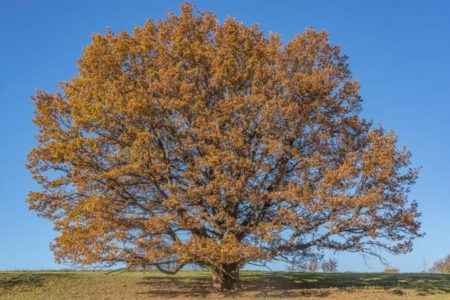
Sessile oak (Q. petraea)
Ireland and Wales’ national tree, sessile oak, flourishes in hilly European Union regions. It is indigenous, rising to around 131 feet (ca. 40 m) high.
Holm oak (Q. ilex)
Holm oak came from the Mediterranean in the 1500s and is unique among oaks because it is evergreen. Young leaves have spines that resemble holly. Unless you’re familiar with the oak species, most wouldn’t recognize it until you see its familiar acorns.
The Romans used it for wheels–carts and chariots. It doesn’t grow as tall as native species–half the size at 65 ft (ca. 20 m).
Northern red oak (Quercus rubra)
Unknown when this American import arrived in the United Kingdom. Perhaps it came with the grey squirrel into parklands, and gardens of wealthy landowners. Turning vibrant red in autumn, this one is pointy, unlike the rounded shape of common oak, growing to 65 ft (ca. 20 m). English and Sessile produce acorns at 20 yrs, but red oak waits until 40.
Turkey oak (Q. cerris)
These deciduous trees arrived as ornamental plantings in the 18th Century from South-Eastern Europe and Asia Minor. They were a sacred tree in greek mythology to gods Zeus (Jupiter) and Dagda. Leaves are a familiar curvy shape, but acorn cups are slightly hairy compared to others. It is host to the gall wasp, a pest that preys on domestic oak. Maximum height is 98 feet (ca. 30 meters) midway between local and other imported species.
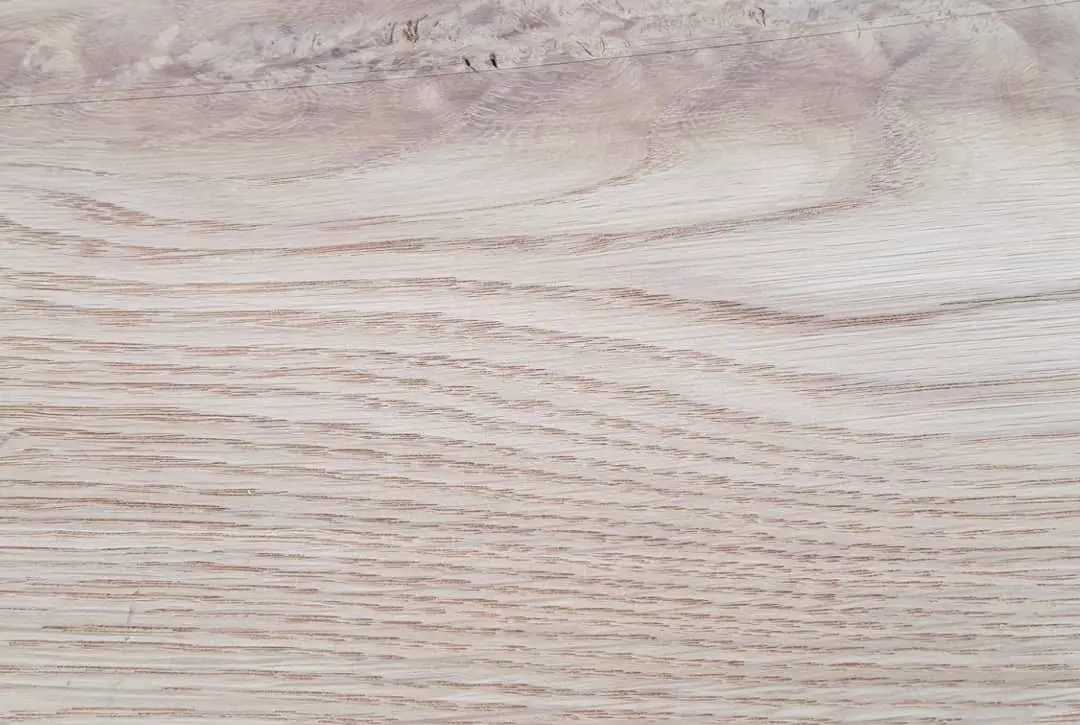
Symbolism, myth, and lore
As well as a zodiac sign from the solar calendar, we have a tree sign from the lunar calendar. A child born in an oak month is blessed with nobility, honesty, bravery, strength and endurance. Also, heavily tied into both Norse tradition and druids mythology.
Coins featuring oaks
Oak features on older UK coinage–the sixpence, a coin referred to in many rhymes. More recently, as ‘O’ in the alphabet series of pound and 10p pieces (issued in 2018). Many other countries have put them on their coins–America and Germany.
The slang name for a sixpence is ‘the tanner,’ a reference to the tanning agent in the leather industry.
New in 2020 is the €20 coin featuring oak leaves as the French symbol for happiness and liberty.
In the British Museum, you can see a gold coin featuring Emperor Augustus wearing an oak wreath. This shows how long it has played a symbolic role in human lives. If a soldier from Rome saved a civilian in battle, he received a crown of oak–the civic oak to recognise his actions.
Postage stamps
In 1973, Royal Mail issued a 9p stamp featuring it with their British trees collection. Other countries using it on postage include America–the white oak, the Soviet Union, Cyprus, Spain, and Canada.
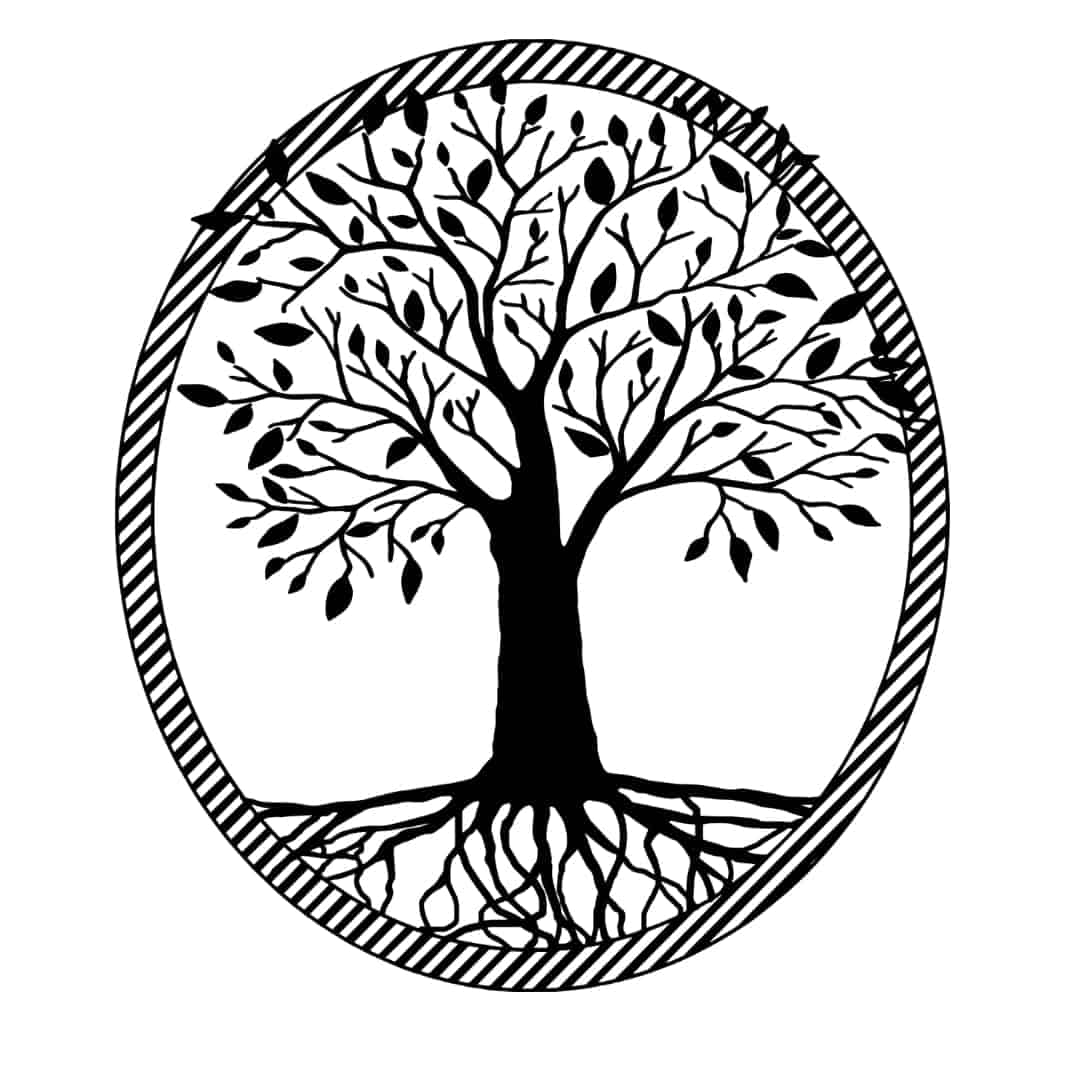
Tree of life
The tree of life is rooted in many cultures and a biblical reference. They often use it as a symbol in jewellery and paintings. A sizeable spreading canopy and mirroring root system give a sense of majesty represented by an immense tree.
An excellent pick for this concept since it supports so many other living creatures:
- Other animal wildlife eat acorns: pigeons, ducks, deer, bears, rats, squirrels, and mice.
- Thirty common species of birds use oak trees for foraging and nesting.
- Forty-five species of bugs make trees their home and diet.
- 200 individual associated moths.
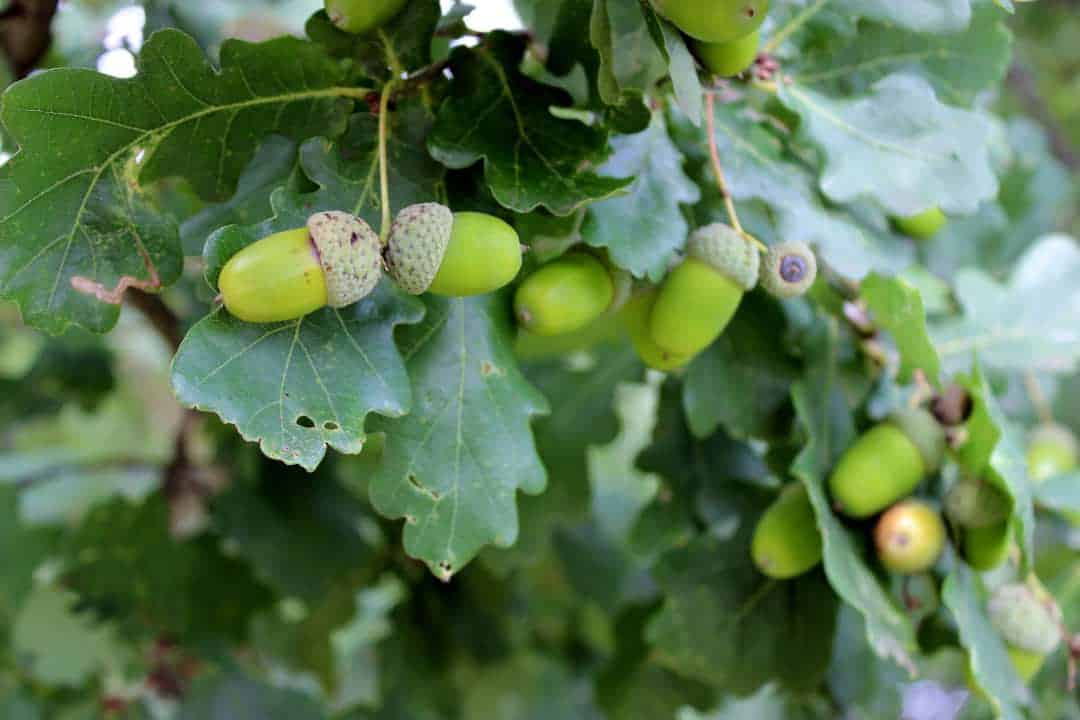
Leaves on the woodland floor provide shade, shelter, and benefits to creatures. Other animals eat insects and bugs that inhabit it.
How long do oak trees live?
The oldest oak tree in the world is the Pechanga Great oak tree in the USA, over 2,000 years old. There are around 3,400 that class as ancient (over 400 years), with 117 aged over 800 years in Britain. The oldest in the UK are in Cheshire, Shropshire, and Lincolnshire. They live for centuries.
Biblical trees
The Bible mentions 28 examples. These include the ‘oaks of righteousness’ and the ‘Oaks of Bashan’ provided wood for oars. The Mamre oaks are the site of Abram’s altar to the Lord.
Plays and stories
Guesting in many books, plays, and stories as scenery or human symbols of strength or weakness.
“Many strokes, though with a little axe, Hew down and fell the hardest-timber’d oak.”
Aesop’s fables compare mighty oak to the weakness of the reed (or willow in later versions) as a moral lesson. Sometimes you need to bend to survive.
In Harper Lee’s To Kill a Mockingbird, a character symbolises compassion and intolerance.
Virginia Woolf (Orlando) wrote a poem about it as a central focus for her long-lived poet.
In AA Milne’s stories about Winnie the Pooh, a loveable bear finds bees (and honey) at the top of a large oak tree.
Finally, where would Robin Hood be without Sherwood Forest oaks?
Military and heraldic
In heraldic terms, a leaf shows faith, endurance, or great age on a “coat of arms’. Mansfield’s coat of arms granted to the city on 10 June 1987 includes a tree referencing Sherwood’s Oak Forest. The city motto is “Industry flourishes as the oak.”
The US utilize a silver or gold oak leaf to show army rank; also, oak clusters appear on many medals.
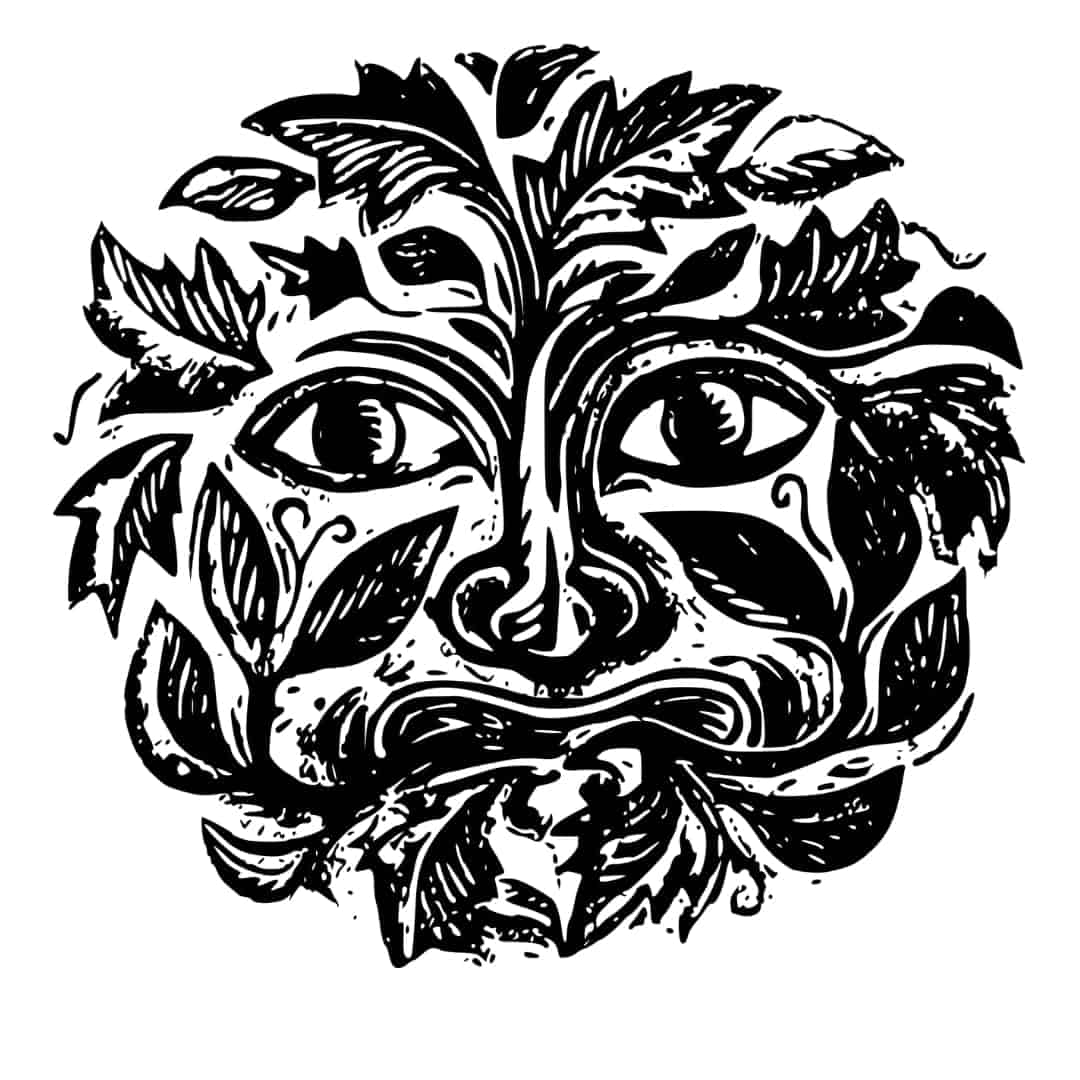
Green man
Foliate heads or green man appear among carvings in many churches and cathedrals. Look closely; you will see the forest spirit includes foliage and acorns in most cases.
Oakwood usage
Before the industrial revolution, forests were an essential resource. Oakwoods still supply building materials for many applications today. Lots of construction use as timber framing, doors, and European oak furniture manufacture.
Medicine
Herbal medicine accesses medically beneficial components of plants. Modern medical practices use purer forms of these active ingredients. Trial and error identified valuable drugs from nature before pharmaceutical firms.
Bruised leaves applied to wounds was a remedy utilised by Galen of Pergamon, a doctor in the Roman Empire.
Bark substitutes for quinine; in herbal medicine. It has properties of a tonic, astringent and antiseptic. Water or alcohol extracts beneficial chemical compounds. Usage relates to dysentery and bleeding.
Milk-steeped acorns or bark counteract poisonous herbs and medicines.
Food
Large quantities of tannic acid are toxic to dogs, horses, and cattle, causing kidney damage and gastroenteritis. But acorn crops are an excellent food for pigs and were harvested for that purpose. Free-range boars and swine rooting about in woodlands fatten on fallen acorns.
Providing protein, carbohydrates, and healthy unsaturated fats. Also rich in potassium, manganese, calcium, phosphorus, and niacin. They contain plenty of valuable nutrients but seldom appear on our human menu. There is no profit in selling them; they also taste bitter. Bitter foods are better for health, but most people avoid bitter tastes in favour of sweet.
You can grind acorns to flour or roast, then grind as a coffee substitute. They tasted bitter, but soaking in water to leach out tannic acid made them nutritious.
We can use acorn flour the same way as wheat flour, but not for making gluten-free bread.
Roots of oak trees have a symbiotic relationship with the pricey black Périgord truffle. You can’t plant truffles; you need to grow an oak tree and hope for the best.
Colours from the tree
Various techniques extract dye from plants. Different plants, fruits, and stems yield unique colours. The tannin means that oak dyes don’t need a mordant to fix the dye to fibre.
Oak galls yield greys and blacks for dyed stuff.
The Aleppo oak gall started the ink industry as it has a high concentration of wasp larvae. When ground, they provide a deep black ink.
Leather production
Oak bark is abundant in tannins; this property allows it to tan hides into leather. The process takes twelve months or more. Premium leather products are still made using traditional tanning.
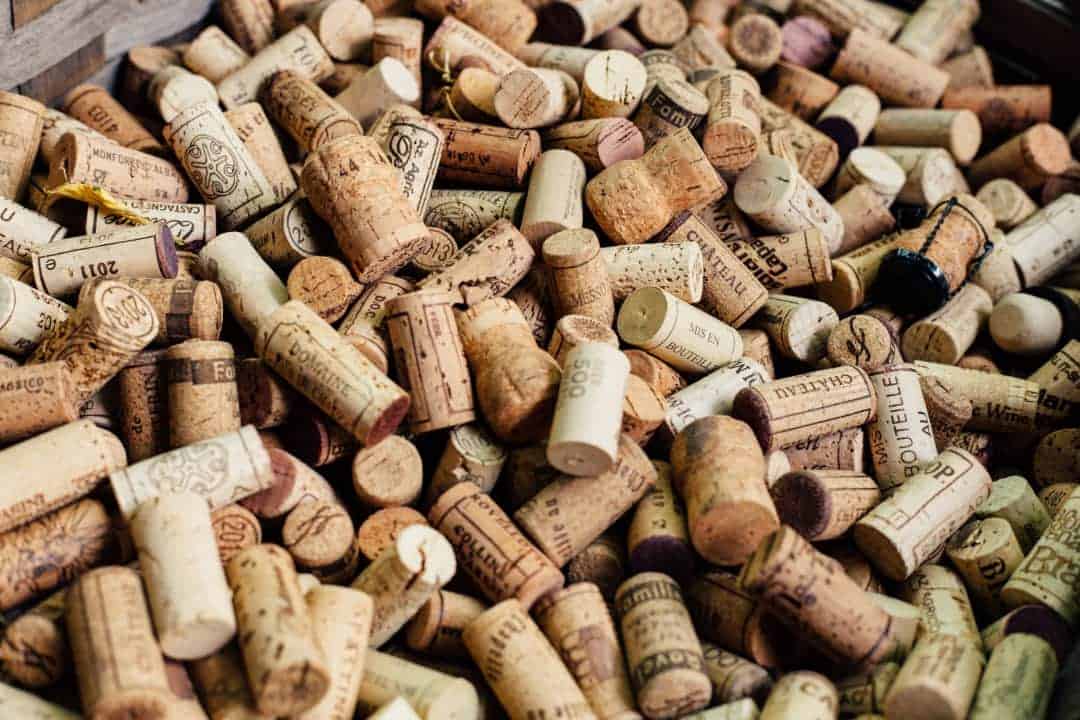
Bottle stoppers
The tree of Portugal is the cork oak; Portugal is the source of 55% of natural cork. They boost the economies of seven countries in the EU involved with cork harvesting.
Basketry
Swill baskets are a traditional craft still practised in the Lake District. Coppiced oak and hazel form a durable basket for industry, agriculture, and home usage.
Trunks 4-6 inches (15.24 cm) turn into thin pliable ribbons that weave around flexible hazel sticks. A process that involves cleaving then soaking.
Houses and boats
Oak wood is famed for its capacity in constructing buildings (Houses of Westminster, Tudor homes), ships (Vikings longboats, Tudor warships). Quartersawn boards are even more desirable for their distinctive medullary rays. The high tannin content makes it resistant to insect attack and mould.

Treen
Treen-of the tree is an all-purpose term for any item made from wood, not a ship, piece of furniture, or house. Treen covers knickknacks, jewellery, and other small functional or decorative items.
Wooden oak items can be created by carving and turning. Oak has a reputation for being difficult to work due to its fibrous grain. Bowls, pens, and carvings are gorgeous and tactile in the hands of a skilled artisan.
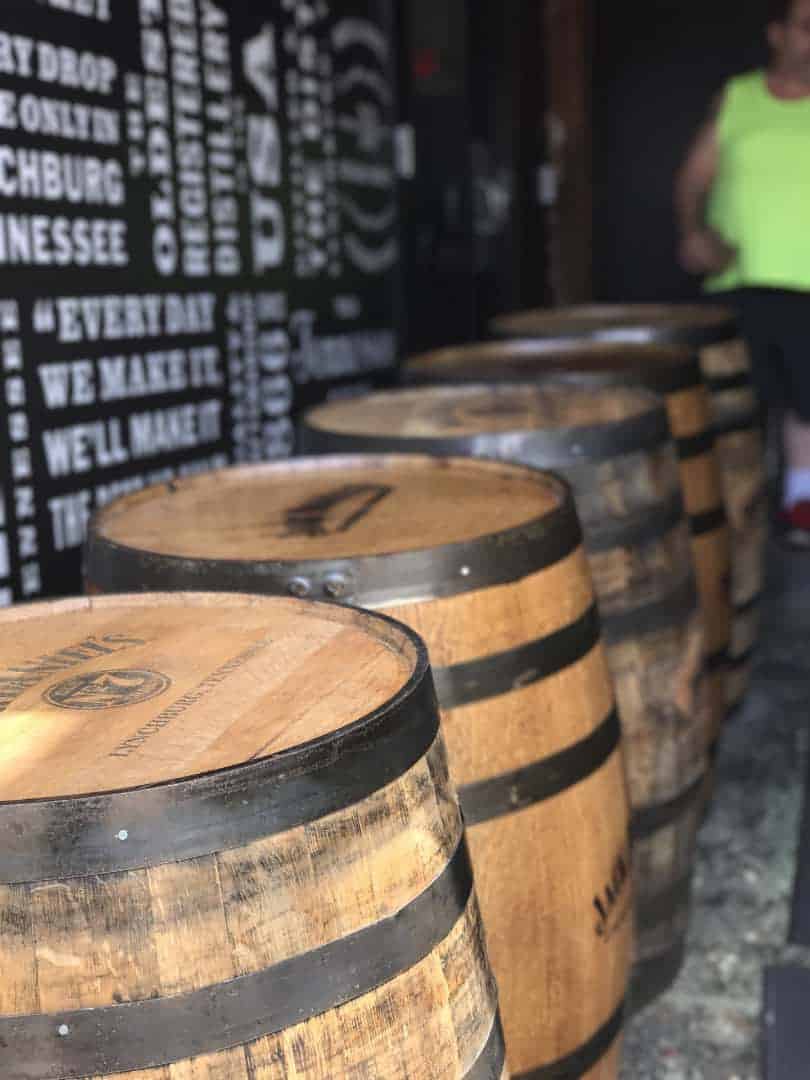
Oak barrel making
Oak is a valuable and practical material for making wine barrels. Still, it adds a richness of flavour, including smokey, vanilla, and oaky.
In alcohol it can add three principal benefits:
Additional flavour notes.
- Slow addition of oxygen–decreases astringency and improves smoothness.
- Provides conditions for malolactic fermentation, which creates a creamier taste.
Oak vats provide these flavour compounds:
- Syringaldehyde–like vanilla. Oak lactone–herb flavours like dill, woody notes, with a hint of coconut.
- Eugenol–think smokey spices and cloves.
- Guaiacol–a hint of burnt toffee.
- Furfural–burnt caramel, bitter almond and dried fruit.
Not only does it improve whisky (whiskey, bourbon, brandy), but is essential to produce colour and a distinctive flavour. Whisky is an alchemist’s brew of water, alcohol, and oak. For whisky casks, it is seasoned (dried), toasted and charred. The exact degree of each is part of the whiskey makers art.
Whisky barrels may pass on to the wine industry or other applications. At this stage, the barrel may be 50-60 yrs old, though still useful. Barbecue smoking chips, barrel planters, woodcraft using recycled staves. Timber is still fit for purpose and can turn into practical oak gifts like bottle openers or pens.
Farewell to the oak
The UK contains around 121 million oak trees. Iconic and treasured for their role in promoting biodiversity and their many uses. From leather to whisky production to providing shade and clean air in town parks.
A mature tree produces between 2,000 to 50,000 acorns a year. But only one in 10,000 has a possibility to grow, taking decades to mature. You are planting for the next generation when you plant an oak, not for yourself. If you have any other interesting oak tree facts, message me below.




